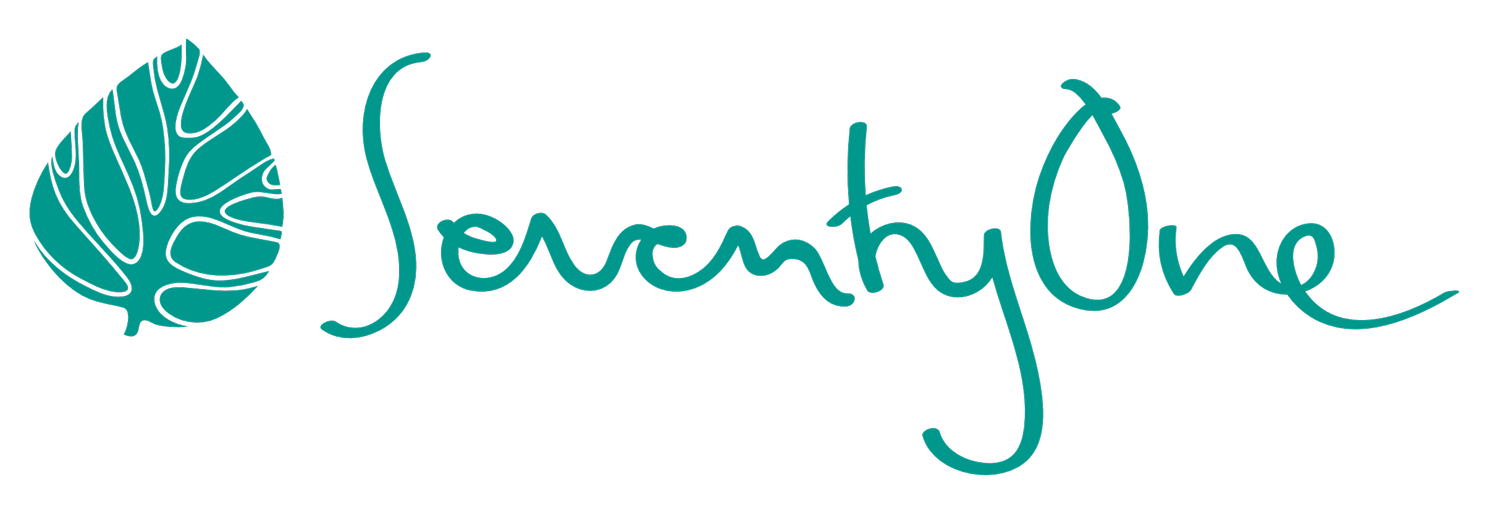Three ways of improving Product Discovery
“Unfortunately, there is no point of doing research if the insights based on that research is guiding the product in the wrong direction.”
Many organizations are transitioning from project-based research to continuously working on exploratory product discovery as a natural part of their product development process.
The foundations of continuous Product Discovery include:
The team conducts the research themselves
Weekly interactions with customers
Small research activities instead of large projects
The research aims to guide product development forward
There are many benefits to this approach, where one important is ensuring that the conducted research is genuinely used within the organization. However, there are also some pitfalls to avoid.
Here are three ways to avoid them and improve your Product Discovery initiatives.
1. Ensure you meet the right customers
The process and work needed to be able to meet customers can be quite challenging. There could be organizational or legal obstacles that make the process hard and time consuming.
The team may be so eager to meet someone at all that almost anyone could fall under the concept of "customers." In the beginning, it's important to establish the habit of weekly contacts, but once started, more attention is needed in selecting the people to meet.
Unfortunately, there is no point of doing research if the insights based on that research is guiding the product in the wrong direction.
2. Find the right level of conversation during interviews
Research should not require extensive preparations, but there's always a risk that the team's daily challenges seep into customer interviews if you prepare too little. This can lead to questions becoming too detailed, too basic, or too direct.
Too detailed questions might involve details about the user interface with already proven solutions - that there is no need to talk to customers about.
Too basic questions might concern people's computer skills or attitudes towards life. Insights about these can be gathered through other cheaper and better means, for example by reading up on external reports and studies.
Too direct questions might arise from internal roadblocks around significant decisions that the interviewer tries to squeeze in out of frustration. Continuous Discovery methodology is focused on supporting small and medium product decisions; a different approach is needed for strategic choices.
To sum up: Try to stay focused on discussing customers' concrete experiences and perceptions to understand their needs and behaviors. This also ensures avoiding the trap of asking customers what the team should do or build next.
3 Avoid repeating the same research
And last but not least, the most important one. Use the research that already has been done - either within or outside of the company.
Always start with desk research and consider if you need to do any interviews at all. A lot of good Discovery work can be made by analyzing and putting together different pieces of information and make informed decisions based on that.
And, even though the goal is to move away from lengthy preparations and heavy documentation, there still needs to be a structure to ensure that the organization learns and increases its collective knowledge, and avoid repeating the same research. For example by managing overarching customer insights or customer journeys.
Contact Peter if you or your organisation need help with improving how you work with Product discovery!
